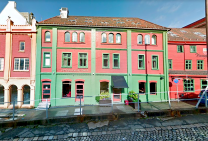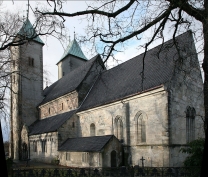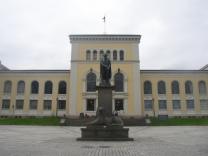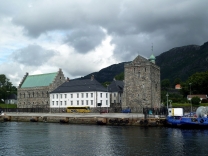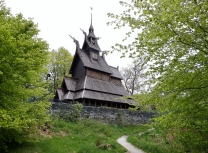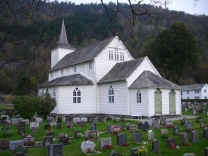Bergen Cathedral

Bergen Cathedral
Church in Hordaland, NorwayBergen Cathedral (Norwegian: Bergen domkirke) is a cathedral in the city of Bergen in Hordaland county, Norway. It is the episcopal seat of the Diocese of Bjørgvin as well as the seat of the "Bergen domkirke" parish and the seat of the Bergen arch-deanery. It is part of the Church of Norway. The first recorded historical reference to this church is dated 1181. It retains its ancient dedication to Saint Olaf. The cathedral seats about 1,000 people.
History
During the reign of King Haakon IV of Norway, a Franciscan friary was established near the church, then known as Olavskirken, or the church of Saint Olaf, which was incorporated in it. The church burned down in 1248 and again in 1270, but was reconstructed after both fires. In 1463, it burned down again, but this time it was not reconstructed until the 1550s, despite being declared the cathedral of the post-Reformation Protestant diocese in 1537.
After the fires of 1623 and 1640, Bergen Cathedral received its current general appearance. The steeple on the nave was torn down, and the current tower was built. During the renovation in the 1880s, under the direction of architects Christian Christie and Peter Andreas Blix, the Rococo interiors were restored to their former medieval appearance.
As part of the Second Anglo-Dutch War, the 1665 Battle of Vågen took place in the main port area of Bergen. A cannonball from the sea battle between the English and Dutch fleets remains embedded in the cathedral's exterior wall.
Music
The present organ at Bergen Cathedral, by Rieger Orgelbau, is from 1997. The organ is the fifth one in the cathedral's history; the first known organ was installed in 1549. The cathedral is used regularly for musical concerts.







